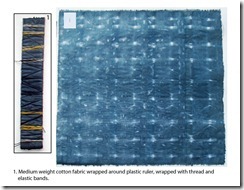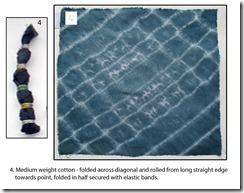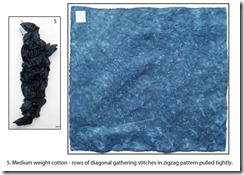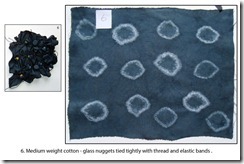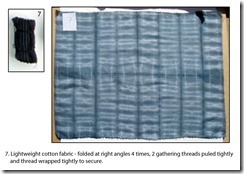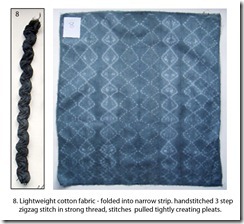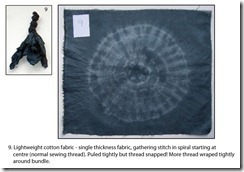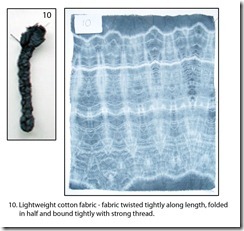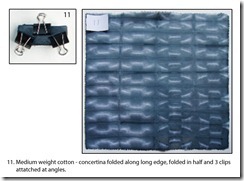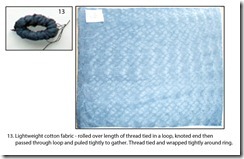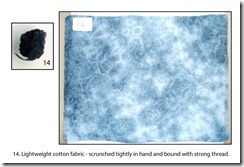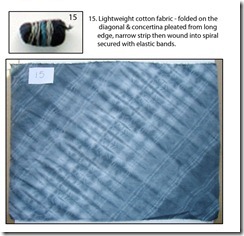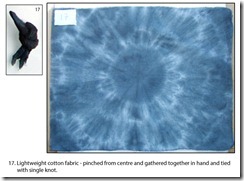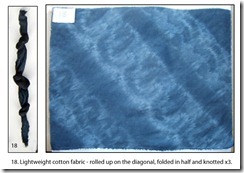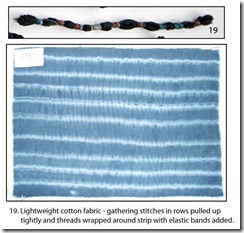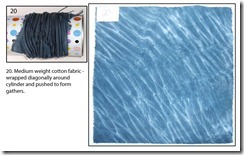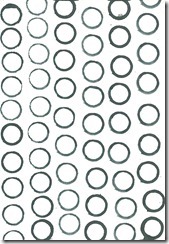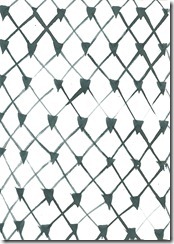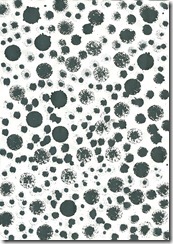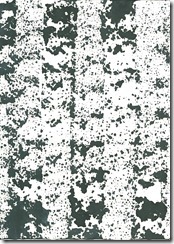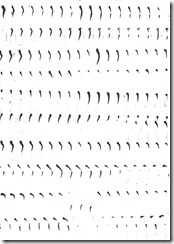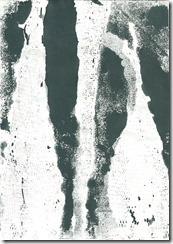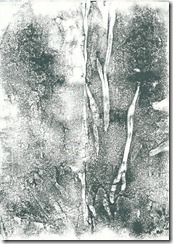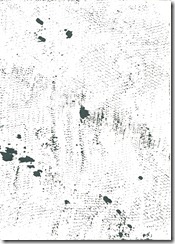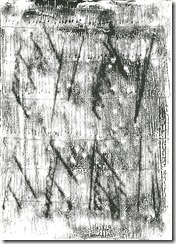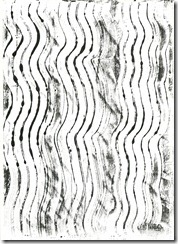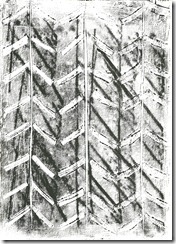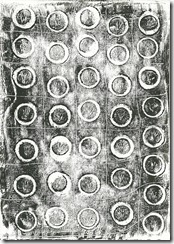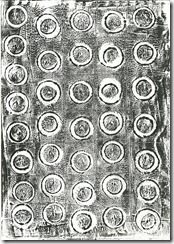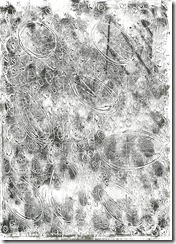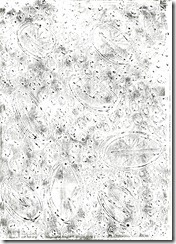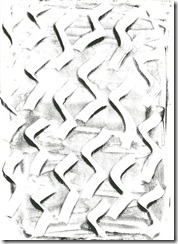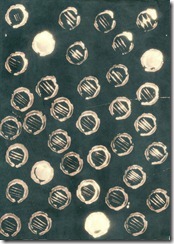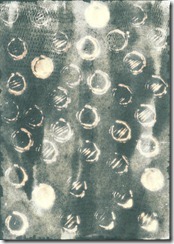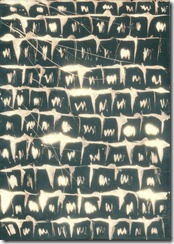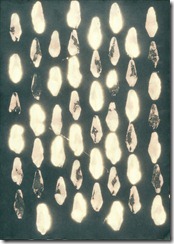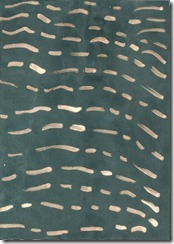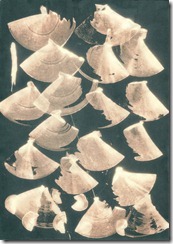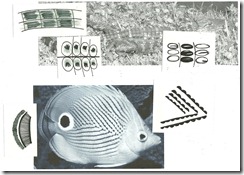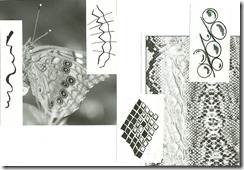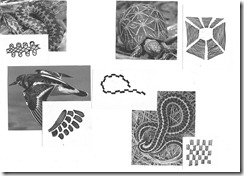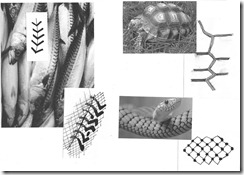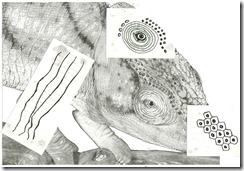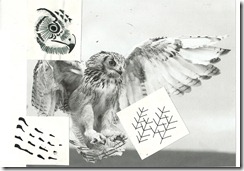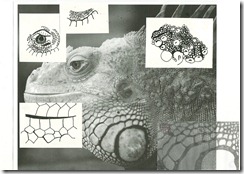Patterning of Fabrics – Shibori Methods Using Dyes
I chose two weights of white cotton to use for these techniques, most of my samples use the lighter of the two weights simply because this was easier to work with.
I used Dylon ‘Velvet Black’ cold water dye; half a pack (25g) mixed with 1.5 litres of water. The pack only instructed the addition of salt but I also added the soda and used the ratio suggested in the course materials. Many of my samples dried with stiff, chalky areas, these washed out but I wondered if this was because the soda solution was unnecessary or perhaps I didn’t dissolve the solutions sufficiently.
When mixing up the dye solution it appeared a deep indigo blue and I was very wary, especially having spent hours tying and preparing my fabrics. There was no need to worry though, the untied pieces of fabric that were left to soak overnight are a beautifully deep black!
The appearance of the dye solution did make the decision about how long to immerse the different pieces of fabric very difficult. I didn’t want to end up with fabrics that were all pale grey but nor did I want to risk immersing fabrics for too long and therefore lose all the patterning. I was very lucky, I have quite a good range of tones and some lovely patterns.
These are the images of my samples – each is numbered and has the tied/wrapped fabric alongside. I meant to photograph the fabric before dying but forgot but I think the tying techniques show up quite clearly – hopefully I can recreate some of them as I would like to try to achieve some darker pieces with a greater contrast in the patterning.
I have tried each of the techniques – tie and dye; tritik shibori and arashi shibori as well using a combination of the techniques.
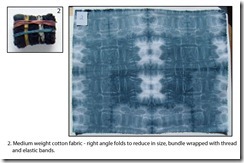
 This spiral stitching technique is very effective but pulling up the thread is hard work!
This spiral stitching technique is very effective but pulling up the thread is hard work!
The image below shows all my tied and dyed fabrics with the plain black dyed pieces – this shows the range of tones achieved.
I haven’t completed the monoprinted fabrics yet, these will follow.
